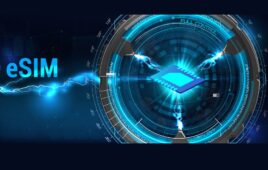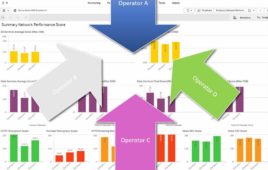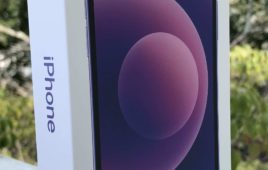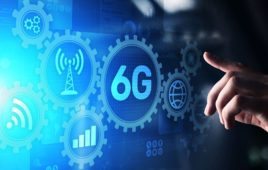T-Mobile USA has to do something to compensate for its lack of 4G spectrum and it now appears that the operator is taking the wholesale route.
Today, a report surfaced in the Financial Times (subscription required) that Deutsche Telekom’s U.S. subsidiary was in preliminary discussions with hedge fund/4G operator wannabe Harbinger Capital to become a wholesale customer on Harbinger’s nascent 4G network.
The rumor, though unofficial, is in line with comments made by T-Mobile USA CEO Robert Dotson at an investor presentation in March. Dotson said that the company was looking at “joint venture opportunities” for additional spectrum and had been in talks with Clearwire and cable companies over the matter.
Wholesale 4G is a promising cure for T-Mobile’s spectrum crunch. It would save T-Mobile the massive effort of buying spectrum and building out a new network while allowing it to offload a significant portion of its data traffic onto someone else’s network.
However, it’s not as simple as it sounds. Harbinger’s 4G network will use spectrum obtained through its investments in satellite-based communications companies SkyTerra and Terrestar. Harbinger will have to incorporate a satellite component into its LTE network because of the FCC’s rules around using Ancillary Terrestrial Component (ATC) services on satellite spectrum.
This means prospective customers like T-Mobile won’t be using a run-of-the-mill LTE network. It would be using a satellite/LTE network. Phones with satellite capabilities don’t exactly come cheap. Terrestar’s Genus satellite phone, which is set to launch with AT&T this quarter, costs $799 plus $24.99 month to add the satellite roaming service. Actually using the satellite service costs 65 cents per minute.
Harbinger says ATC devices “will be subsidized to enable retail distribution customers to sell devices at conventional prices” but hasn’t provided any further details on how it plans to make the devices affordable for consumers.
The FCC has shown willingness to be flexible on its ATC rules but any concessions on that point are sure to infuriate AT&T and Verizon, which are stridently opposed to the conditions placed on Harbinger’s plans by the FCC.
Harbinger can’t let AT&T or Verizon use its spectrum without FCC approval. Even with FCC approval, traffic from the country’s top two operators can’t comprise more than a quarter of Harbinger’s network traffic.
T-Mobile doesn’t have to buy Harbinger’s service: It could also build its own LTE network on spectrum leased from Harbinger. It’s not clear whether such an arrangement would have to pass FCC muster over ATC rules. An FCC spokesperson wasn’t immediately available for comment.
Then there’s the possibility of T-Mobile inking a wholesale deal with Clearwire. On the surface, this arrangement sounds like a logical one: Clearwire sells 4G, T-Mobile wants 4G.
This hypothetically simple arrangement becomes a bit more complicated when you consider that devices capable of roaming across both Clearwire’s and T-Mobile’s networks would have to support both HSPA+ and WiMAX. It’s not exactly a match made in heaven.
T-Mobile tends to take it slow when it comes to making major decisions about network upgrades: It didn’t begin commercial deployment of its 3G network until May 2008. T-Mobile has some headroom thanks to its HSPA+ deployments but will have to move sooner rather than later into the 4G space if it wants to continue to grow. Where the spectrum will come from is anybody’s guess.
Maybe T-Mobile will snap up some of the 500 MHz the FCC promised to free up under its broadband plan. Maybe it will find a way to make Harbinger’s wholesale network commercially viable. Whatever it decides, it had better move faster on 4G than it did on 3G.




